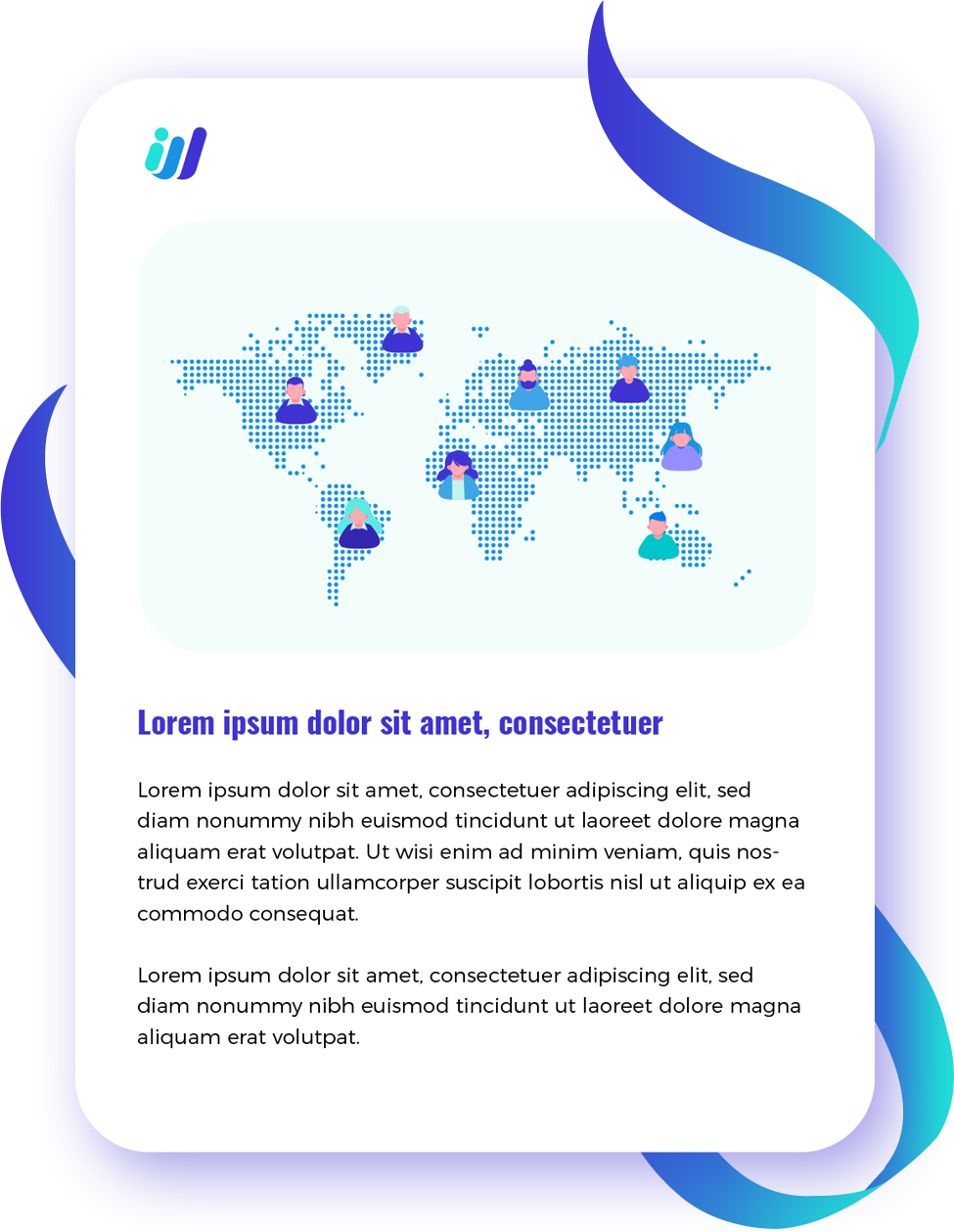According to Business Agility Institute, business agility is defined as “a set of organizational capabilities, behaviors, and ways of working that affords your business the freedom, flexibility, and resilience to achieve its purpose no matter what the future brings.” Business agility in the 3rd Wave Outsourcing will be the most significant single factor in deciding the winners and losers in a faster-moving world of work.
An agile business is able to compete and thrive in the digital age by quickly responding to market changes, emerging opportunities, and potential threats found in its internal and external environments with innovative, digitally-enabled business solutions. This requires all stakeholders including corporate executives, management personnel, IT operations and security teams, as well as employees in various departments to utilize agile practices to continually deliver innovative, high-value products and services faster than the competition.
Why Business Agility Matters
- To prevent erosion of organizational culture and social cohesion
Without business agility, a lack of clarity in the future vision of the operating model will be evident among employees. It goes beyond simply communicating a clear objective of how work will proceed in the post-pandemic era. Top priority is employee well-being and preference of work location (in-office, hybrid, or remote) to accomplish tasks. Implementation of more people-centered policies and HR practices or putting greater value on outcomes and performances can help reduce burnout or low productivity and help improve work-life boundary. There should adjustments in conducting the onboarding process, team-based projects, and company-related events to increase the likelihood of all team members learning the company culture and rituals associated with greater social cohesion.
- To counter the threats of digital disruption
Agile businesses, according to author John Kotter, are characterized as a fast-moving, adaptive network of motivated individuals focused on responding to the customer and the new business opportunity.” This adaptive, highly flexible work environment acknowledges that all teams must collaborate organically to identify customer needs, that roles and reporting relationships are fluid, and that the whole organization must explore potential solutions to deliver value in any way they can.
When a disruptive technology emerges, the solution is to adapt a dual operating system that restores the speed and innovation of the entrepreneurial network while leveraging the benefits and stability of the hierarchical system. Business agility means upholding time-tested structures, practices, and policies while making room for digital-age core competencies to focus on customers, products, innovation, and growth.
- To adapt to crises at lightning speeds
The COVID-19 global crisis forced organizations to cut through bureaucracy or old school management practices and to accelerate their digital transformations at a pace never anticipated. There’s nothing like a crisis to ignite innovation and to let business agility shine in almost all aspects of the organization.
“This spur-of-the-moment agility, however, is fragile,” Harvard Business Review notes. “Innovations happen sporadically rather than systematically. And when the emergency fades, people typically return to traditional command-and-control innovation until the next crisis arises, when they must reinvent agile approaches all over again.”
To ensure that business agility will drive meaningful and lasting workplace innovations for employees and organizations, here are a few things to consider:
- Motivate employees to develop critical skills and competencies
- Take advantage of external talent intelligence to analyze trends in skill evolution and talent profiles
- Reevaluate current and future leadership needs to bolster the development paths for potential successors
- Develop greater career development support, talent mobility, or upskilling and reskilling opportunities to your workforce
- Tighten your focus on critical skills versus critical roles in the Future of Work
Develop the agility to adapt to constant change
Highly agile organizations use in-country knowledge and data capabilities to adapt quickly to dynamic, incessant change and to beat out the competition for the best international talent.
Do you want to experience or strengthen your business agility to create higher profits, increase employee engagement, and more thoroughly satisfy customer needs? Learn more on how outsourcing global top talents can help you thrive in the future of work. Read all Third Wave Outsourcing articles here.



